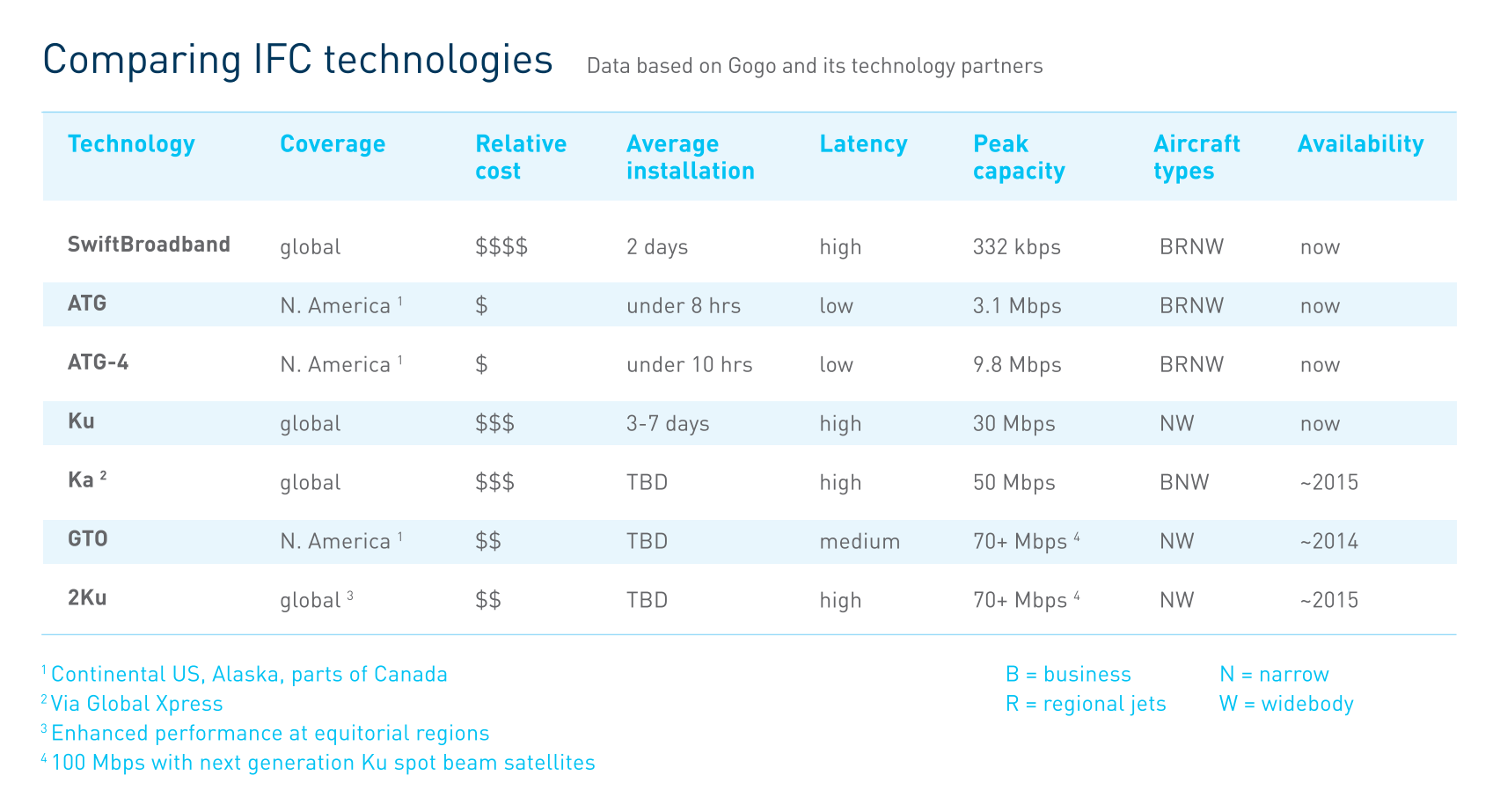
Why don't we use conveyor belts to shorten airport runways? If this idea is new, does that mean it should at least be named after me, if not patented?

The idea of using conveyor belts to shorten airport runways is not new and has been explored in various hypothetical scenarios. However, there are several reasons why it is not practical or feasible for real-world applications:
-
Technical Challenges: Designing a conveyor belt system that could safely and efficiently accelerate or decelerate aircraft to the speeds required for takeoff or landing is extremely difficult. The system would need to be incredibly robust to support the weight and speed of aircraft, which is beyond current technological capabilities23.
-
Safety Concerns: Aircraft rely on forward motion to generate lift, which is essential for takeoff. A conveyor belt moving in the opposite direction would counteract this motion, making it impossible for the plane to generate enough lift to take off3. Additionally, safety risks would be heightened due to the potential for accidents and loss of control during acceleration or deceleration phases.
-
Practicality and Space: While the idea might seem appealing for saving space, it does not address the fundamental need for a long, clear path for aircraft to accelerate to takeoff speeds safely. The complexity and cost of implementing such a system would likely outweigh any potential benefits2.
As for naming or patenting this idea, it is not novel enough to warrant either. The concept has been discussed and analyzed in various forums, including the hypothetical scenario of a plane on a conveyor belt, which has been extensively debated online and in media like "MythBusters"3. Therefore, it does not meet the criteria for patentability, which requires novelty, non-obviousness, and utility.